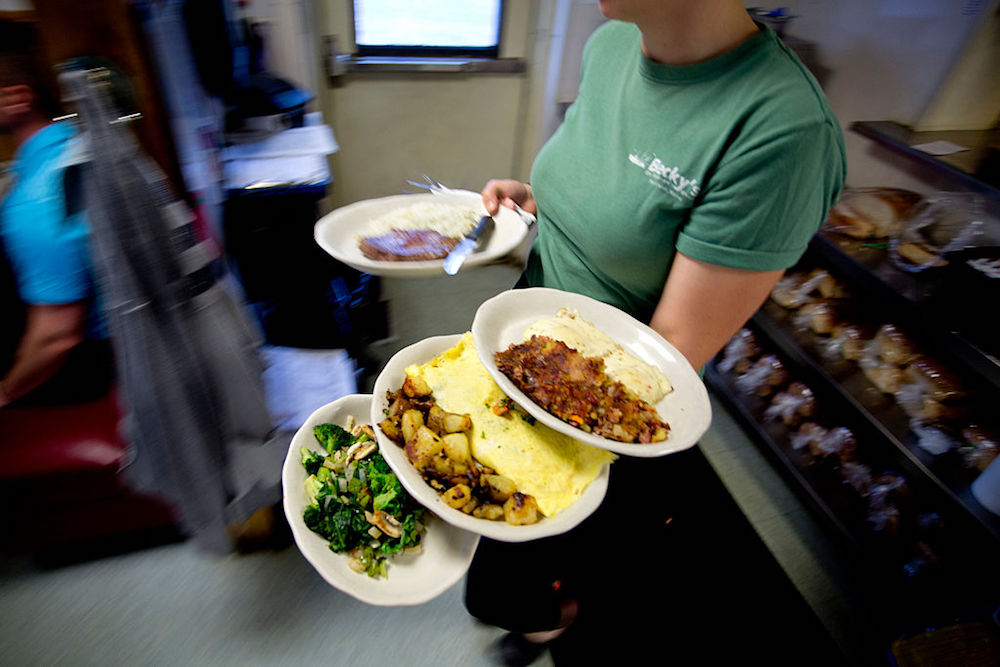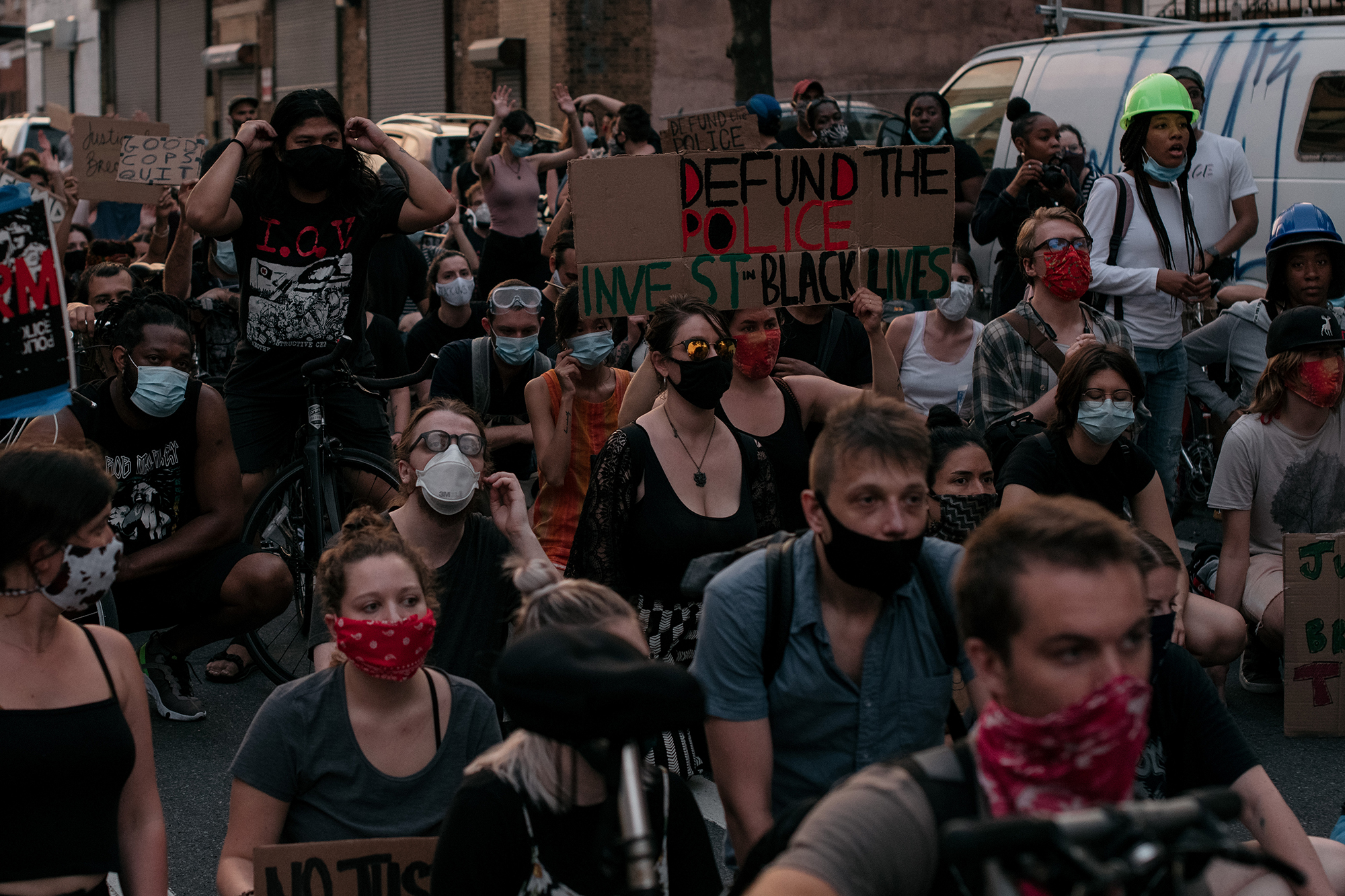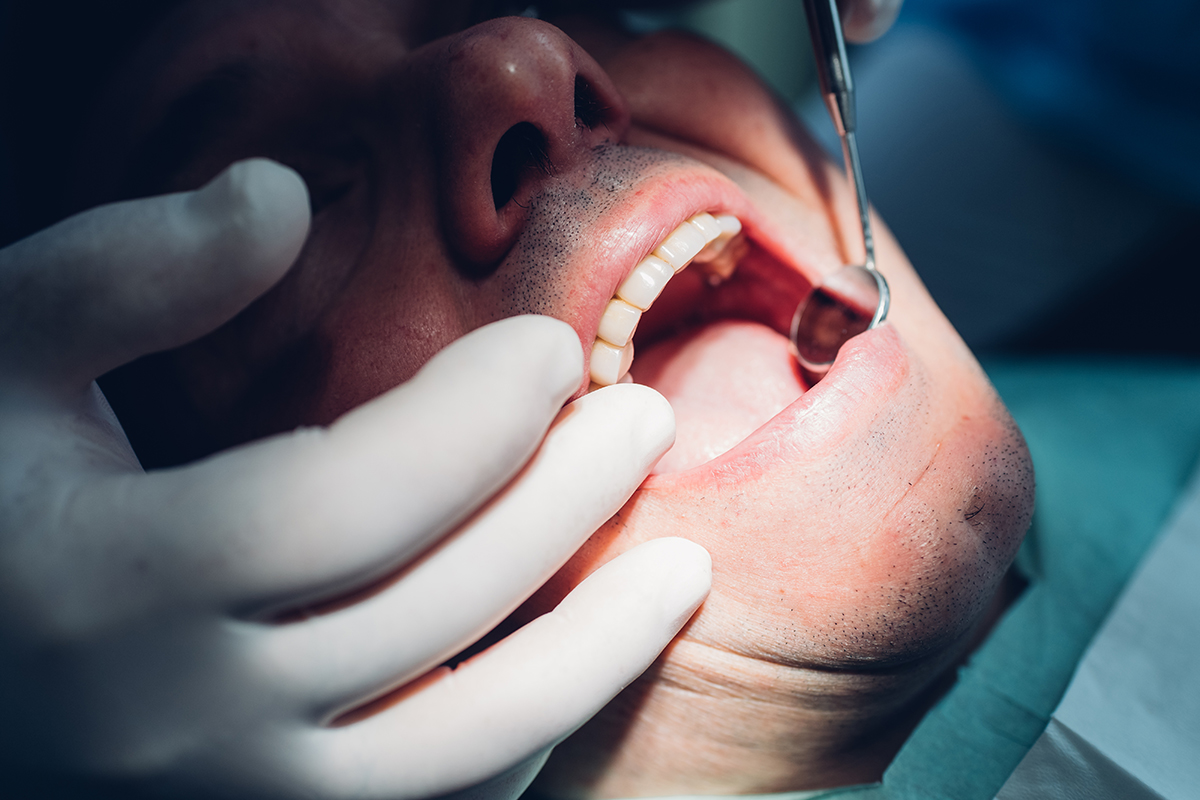No one likes paying for a parking ticket. But for 32-year-old MiQueesha Willis, not being able to pay for those parking tickets meant losing the only home she shared with her two-year-old son, Tobias.
It began with a $90 citation. Willis, who is a construction worker, was living in her car with her baby and parked near the worksite, but often couldn’t move her car to avoid parking tickets due to the demands of the job. She could barely scrape together enough money to put $5 in the gas tank to get to work, much less pay for a $90 ticket. Between taking care of Tobias and trying to find stable housing, the ticket became the last thing on Willis’ mind. She told herself she’d pay for it when she could save up enough money.
Then she received a second ticket, and then a third, and a fourth. Over the next few months, she had multiple tickets and late fees that added up to hundreds of dollars she couldn’t afford to pay.
Get Talk Poverty In Your Inbox
One day, when she returned from work, her car — and all of her belongings — were gone. In San Francisco, accruing five or more unpaid parking tickets meant the car would be towed. If she wanted the old 1997 Lexus back, Willis would have to pay a $537 tow fee and all of her parking tickets. Willis didn’t have the money, and a few weeks later, the tow company auctioned off her four-wheeled home.
Willis’ story echoes that of the more than 1,200 homeless San Franciscans who live in their vehicles and face the threat of having their homes towed by the city. With shelter waitlists that are consistently more than 900 people long, vehicles are often homeless people’s last resort for some semblance of safety and shelter before sleeping directly on the streets.
Losing her car was the start of a downward spiral. Willis found herself constantly asking people she knew if she could stay with them, even for just a couple of nights. Some days it was with her godsister, other days a friend that she knew, but sometimes there was no one to take her in.
“When they took my car, I started trying to sleep on the bus or sleep on BART,” Willis recalls. “I didn’t go to sleep for days because I didn’t have anywhere to sleep.”
The instability led to depression, suicidal ideation, and the loss of her job from the mounting stress of street homelessness.
“It started a never-ending cycle of debt and poverty,” Willis says. “If I was able to keep the car, I would have been able to keep my job.”
The tows and parking citations are viewed as a tool to enforce parking regulations by the San Francisco Municipal Transportation Agency; it wants to deter bad behavior, especially for more serious violations, such as blocking a handicapped zone.
However, for those who are unable to pay those tickets, the city’s form of debt collection for sometimes only a few hundred dollars means losing a family’s most valuable asset, their car— or home. According to a 2019 report by the Lawyers Committee of Civil Rights, 50 to 60 percent of vehicles towed for unpaid parking tickets or unpaid vehicle registration are sold by the tow company.
Tori Larson, an attorney working specifically on this issue, says, “I get calls from people every day who are living in their vehicles. When they get their cars towed, they have to start from zero. It’s a disproportionate punishment for an unpaid fine.”
In 2018, the group filed a lawsuit challenging San Francisco’s practice of towing cars for unpaid tickets. The case argues that the practice constitutes cruel and unusual punishment, a violation of the Fourth Amendment.
San Francisco, which charges the highest tow fees in the country, discounts tow fees for low-income individuals to $238 dollars per tow. After the first four days in the storage yard, an additional $52 fee incurs each day. That’s not including payment for parking tickets or unpaid car registration that may have gotten the car towed in the first place. The money adds up fast and, for many, could total thousands of dollars. SFMTA tows almost 4,400 of these vehicles each year.
SFMTA has proposed lowering the tow fees to $100, but for low-income and homeless communities, “coming up with $100 is like coming up with a million dollars. People don’t have this money,” says Anne Stulhdreher, director of the Financial Justice Project, which works to reduce the disproportionate impact of fines and fees on low-income communities.
Many Americans would struggle with paying that fee. According to a 2018 report from the Federal Reserve, 40 percent of Americans would be unable to cover a $400 emergency expense, such as a car tow or parking citation.
Stuhldreher has been working with community groups to reduce the burden of towing and parking citations on low-income and homeless communities for the past several years. While she notes that this is an important first step, more needs to be done.
What’s more is that the City is actually losing money for enforcing its tow program. Overall, the City’s tow program loses $4.7 million annually with low-income tows representing about $1.4 million of the deficit. Each tow costs around $299 in city administrative labor and $275 to the tow company, Auto Return, which tows and stores the vehicles. It’s a lose-lose situation for both the city and for those most impacted by the tow fees.
Homeless advocates have long called for a moratorium on the towing of vehicles that people live in, but the significance of this demand has heightened in the midst of the coronavirus outbreak. A set of guidelines to respond to the pandemic put forth by the Coalition on Homelessness urges the city to end towing, stating that “these individual accommodations make it possible for people to self-quarantine.”
The vehicles also present a form of stability that would allow people to keep in contact with health care workers, maintain their health, and securely store their belongings, including medical documentation and medication, the organization said.
Last November, San Francisco opened its first safe parking program in hopes of alleviating the struggles that those living in their vehicles face after almost a decade of advocacy from community organizations and vehicularly housed people. However, its 30-car program — which will be terminated at the end of this year — far from meets the need of the hundreds of homeless San Franciscans living in their cars.
Those living in their vehicles not only face the threat of losing their homes to towing, but are also subject to harassment from police. In San Francisco, as with many other cities across the country, vehicle inhabitation is illegal — and could lead to a fine of up to $1,000 or up to six months in jail. Although the penalty is rarely enforced, advocates say police use the threat of the law frequently to force people who are vehicularly housed to move from neighborhood to neighborhood.
“They flash lights on the car, hit your window with a flashlight, and tell you you have to move,” Willis says of the police that would come by late in the night while she tried to get a few hours of rest. There were few places where she could park at night without being towed, ticketed, or told to move. “I didn’t know where to park — I’d park by the water, but I was scared. I tried to park where there were multiple cars so I could be safer.”
MiQueesha is still homeless. She sleeps on friends and family’s couches when they’re able to let her stay there. She’s hoping to finish school at San Francisco City College in construction management, earn her real estate license, and have more time to spend with her son.
With the help of her son’s grandmother, Willis has been able to purchase another car that she’s working hard to pay off. This time of year, though, construction work is slow.
She says, “Hopefully, this one isn’t towed.”










